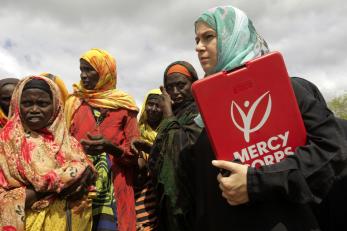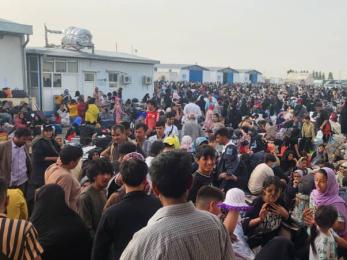Driven to Leave: Aid and Migration — Assessing Evidence from Somalia and Afghanistan

CONTENT WARNING: This video above contains information about sexual assault and violence, which may be upsetting and a trigger to survivors.
In recent years, European countries have seen an increase of migrants from developing countries. This migration trend, often described as a “crisis,” has been characterized by the deaths of hundreds of thousands of migrants who take significant risks to reach their destination countries, as well as a significant concern regarding the lives of migrants in countries of destination. Despite the many benefits migration brings to both home and host communities, donor governments have sought to invest in programs in countries of origin that might reduce the flow of people to Europe.
Many such investments have been based on the assumption that more economic development in countries of origin will lead to more local jobs, fewer migrants, and therefore less economic and political turmoil in Europe. Yet this premise is increasingly contested by facts from the ground. For instance, some research suggests that economic development actually increases migration flows until a country reaches an upper-middle level of GDP.
This brief by Mercy Corps and Samuel Hall presents new evidence on this ongoing debate. Drawing from two countries of origin of many migrants to Europe — Afghanistan and Somalia — this paper tests assumptions about ‘root causes’ of and ‘solutions’ to migration.

